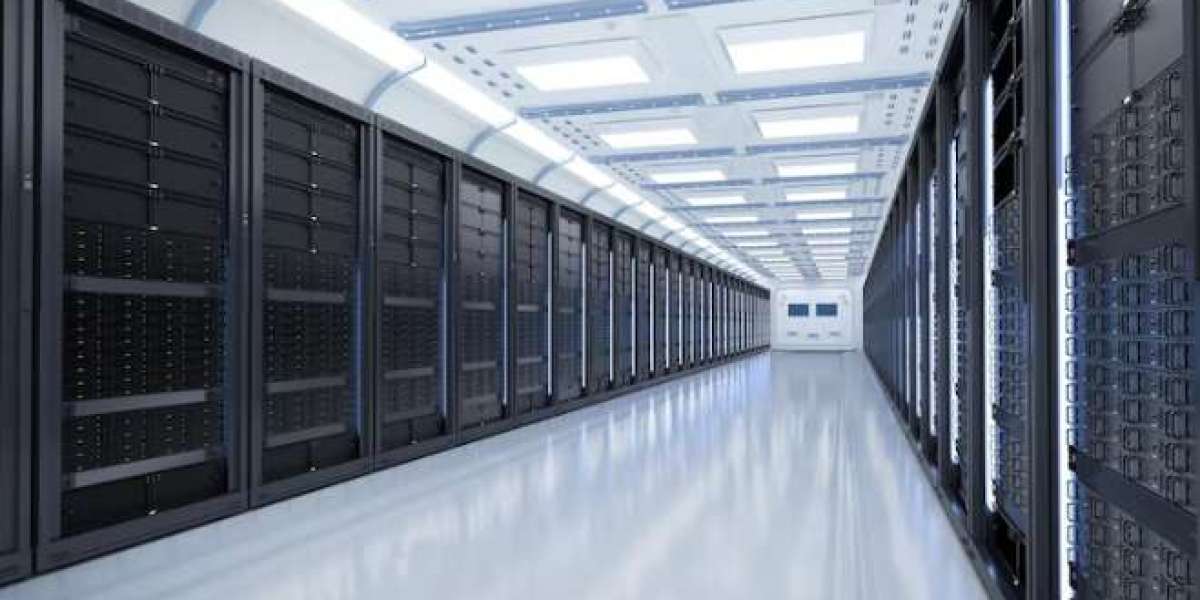Networked storage is evolving fast, and businesses are no longer satisfied with yesterday's solutions for tomorrow's data challenges. Whether your team is growing or your data is ballooning, scaling your file storage should be seamless—not a disruptive overhaul. That’s why NAS systems are at the heart of smart, future-ready infrastructure for enterprises everywhere.
This blog explores how modern NAS systems are set to lead the way in 2025. You’ll learn what makes the newest enterprise NAS solutions stand out, how they enable smarter scaling, and why they’re an essential tool for any business aiming for secure, agile growth.
Why do NAS Systems Remain Essential?
Before cloud storage took center stage, NAS (Network Attached Storage) systems were the go-to for shared file storage. But don’t write them off as relics. Over the last few years, NAS systems have undergone a major transformation—from simple file servers to advanced, scalable, enterprise NAS platforms.
What’s driving the NAS resurgence? It’s all about data control, flexibility, and performance.
- Rapid Data Growth: IDC predicts that global data creation will reach 175 zettabytes by 2025. Businesses need secure, efficient ways to store and access oceans of information.
- Hybrid Work Models: Teams expect to share assets across continents, devices, and time zones. Secure, seamless collaboration is non-negotiable.
- Compliance & Security: Companies face stricter data privacy regulations and need transparent control over where and how sensitive data is stored.
Enterprise NAS solutions answer these demands with robust, feature-rich platforms purpose-built for scale. Let's unpack how they're making a difference.
What Makes Enterprise NAS Systems Different?
Built for Scale
Traditional NAS worked well for small teams or departmental file sharing. Enterprise NAS systems, by contrast, are engineered for organizations that could add hundreds or thousands of users (and petabytes of data) without skipping a beat.
Key scaling features to look for:
- Modular expansion: Add storage as you grow, with zero downtime.
- High throughput: Gigabit or even 10/25/100GbE network compatibility to handle massive simultaneous requests.
- Automated tiering: Store hot, warm, and cold data across SSDs, HDDs, and even integrated cloud tiers.
- Global namespace: Unified storage pools that make multi-site and remote access simple for distributed teams.
Reliability and Uptime
Data loss or downtime isn’t an option for scaling businesses. Modern NAS systems bring:
- Redundant hardware: Hot-swappable drives, power supplies, and fans.
- Failover & clustering: If one system fails, another automatically takes over.
- Snapshot and replication: Regular, near-instantaneous recovery points to undo accidental deletions or ransomware attacks.
Advanced Security
Enterprise NAS systems go way beyond basic password protection:
- End-to-end encryption: At-rest and in-transit encryption guard data integrity.
- Centralized access control with Active Directory/LDAP integration.
- Comprehensive audit trails: Detailed activity logs to support compliance efforts like GDPR, HIPAA, and CCPA.
- Integration with SIEM tools: Security events can be monitored alongside your broader security stack.
Smarter Management
Taming petabytes of data doesn’t have to mean guessing which files to keep or where to put them.
- Intelligent data management: AI-driven analytics highlight data usage, flag bottlenecks, and recommend archiving strategies.
- Automated backups and lifecycle policies: Effortlessly keep data protected and storage optimized.
- Unified dashboards: Admins get real-time insights and can manage all storage from a single pane of glass, regardless of location.
Key Trends in NAS Systems for 2025
AI-Driven Optimization
The application of AI and machine learning in enterprise NAS is a game changer. These systems now:
- Analyze access patterns to pre-fetch data likely to be needed.
- Automate file classification and migration to optimize performance and cost.
- Proactively detect anomalies or potential attacks, often before they escalate.
Hybrid Cloud Integration
Most businesses won't move all operations to the cloud. The future is hybrid, and enterprise NAS reflects that.
- Seamless cloud-tiering: Offload rarely accessed data to public or private clouds while keeping critical files local for speed.
- Unified management: See and control on-prem and cloud storage from the same interface.
- Disaster recovery: Set up cloud-based failover for rapid business continuity.
Sustainability and Energy Efficiency
With ESG commitments high on the agenda, NAS systems are leading the way in greener data practices:
- High-density, energy-efficient drives.
- Automated power-down of cold data storage.
- Vendor programs for responsible end-of-life recycling.
Ransomware Protection and Data Resilience
Ransomware attacks are rising sharply. Advanced NAS systems now offer:
- Immutable snapshots that can't be altered even if breached.
- Real-time alerts for unusual access or modification behavior.
- Built-in recovery workflows to minimize downtime after an attack.
How to Select a Future-Ready Enterprise NAS System?
Choosing your next NAS platform is about more than just raw capacity or specs. Consider these factors for smarter scaling in 2025:
1. Your Data Growth Trajectory
Forecasting your storage needs a few years out helps avoid costly forklift upgrades. Choose an NAS solution that makes modular growth simple and cost-effective.
2. Integration With Your Existing Workflow
A future-ready NAS system integrates with your authentication (Active Directory, SAML), your cloud platforms, and analytics tools. Check for compatibility and flexible APIs.
3. Compliance and Security
If you operate in regulated industries, ensure the NAS platform offers activity logs, immutable snapshots, access controls, and relevant certifications.
4. Performance at Scale
Look for solutions that can handle a growing number of simultaneous users without bottlenecking. SSD caches, NVMe storage pools, and multi-gigabit networking are increasingly the standard.
5. Support and Ecosystem
Evaluate the vendor’s reputation, support options, and ecosystem. Do they offer proactive monitoring? Is there a marketplace for approved third-party apps? Community and official support can be a lifeline as your infrastructure grows.
Smarter Scaling Doesn’t Wait
2025 won’t wait for slower storage solutions to catch up. Forward-thinking organizations know their choice of an enterprise NAS platform directly impacts their ability to scale, collaborate securely, and react to new opportunities.
Whether you’re building a hybrid office, expanding into new markets, or tightening your cybersecurity posture, investing in the right NAS system ensures your business doesn’t just keep up—but leads.
Planning Your Next Move
Scaling smarter means investing in infrastructure designed for growth, agility, and security. Evaluate your current storage environment, forecast your future needs, and explore the latest advancements in NAS technology. If you’re ready to propel your business into 2025, now is the best time to reconsider what enterprise NAS can do for you.


![Natures Garden CBD-kapsler DK anmeldelser og sidste tanker [2025]](https://sathiharu.com/upload/photos/2025/03/UtwrKySwucdJIouuRiGo_19_2d6e6e9f7a3934b1efbd2491edaab6b3_image.png)
